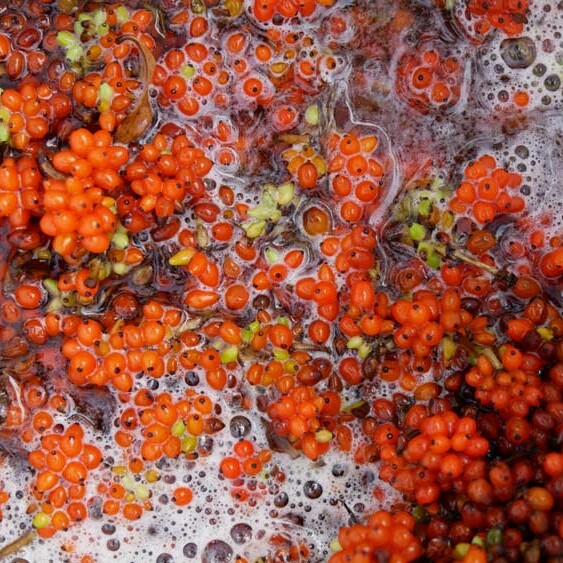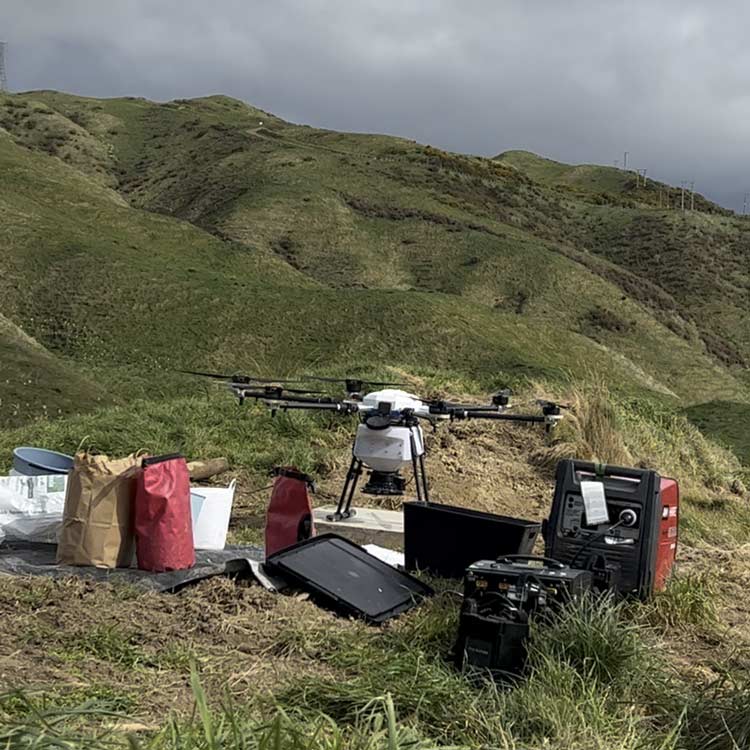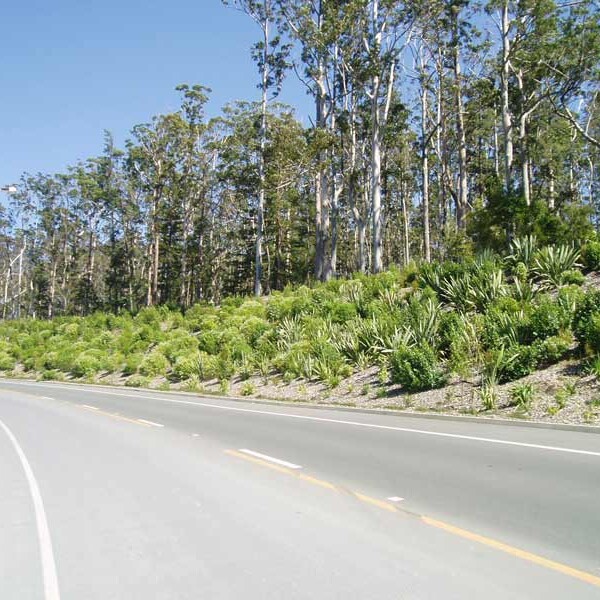CASE STUDY
Dry Forest Enviroblanket® Stormwater Detention Basin
Curletts Road, Christchurch
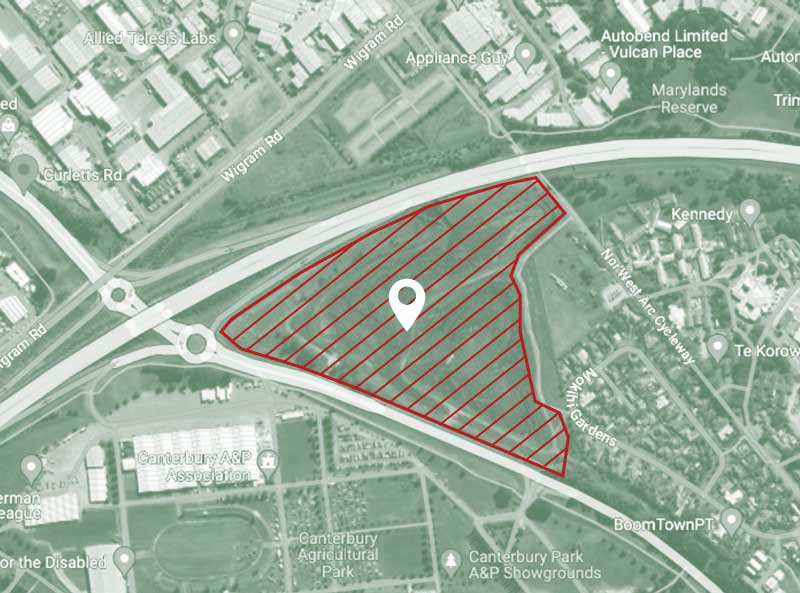
Backstory:
Land erosion, sedimentation, and poor drainage, resulting from the impacts of the 2011 Christchurch earthquake sequence produced flooding and damage to properties adjacent to the Heathcote River.
To mitigate this inundation, the Christchurch City Council Waterways and Catchment Management Team commissioned the Curletts Road Stormwater Detention Basin to provide upstream flood prevention and peak flow attenuation.
Prior to creating the detention basin, the area was pasture with the Curletts Stream running through it. In order to detain and filter water, a sizeable ~8 hectare excavation needed to be formed and landscaped accordingly.
"The first commercial large scale Enviroblanket®, – effectively an on-site nursery; could it be done?"
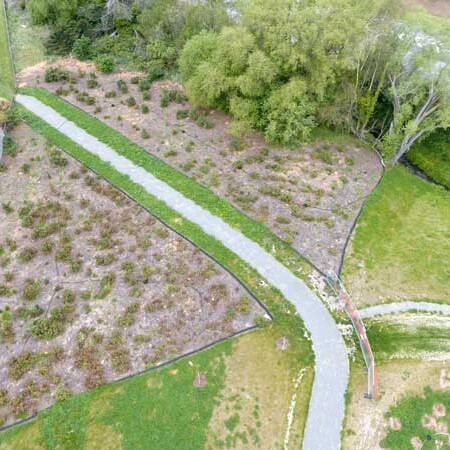
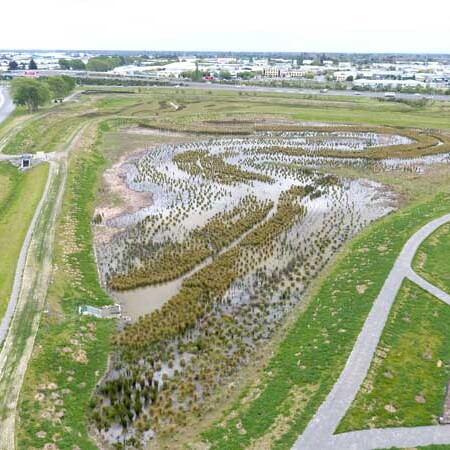
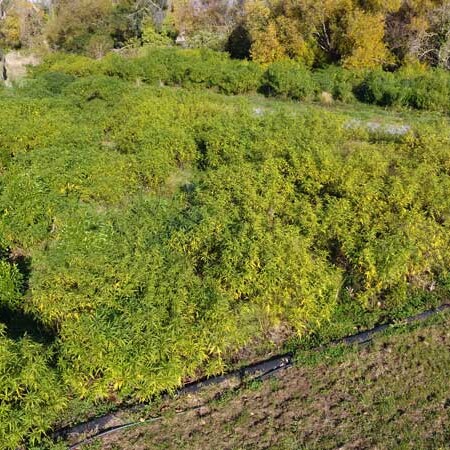
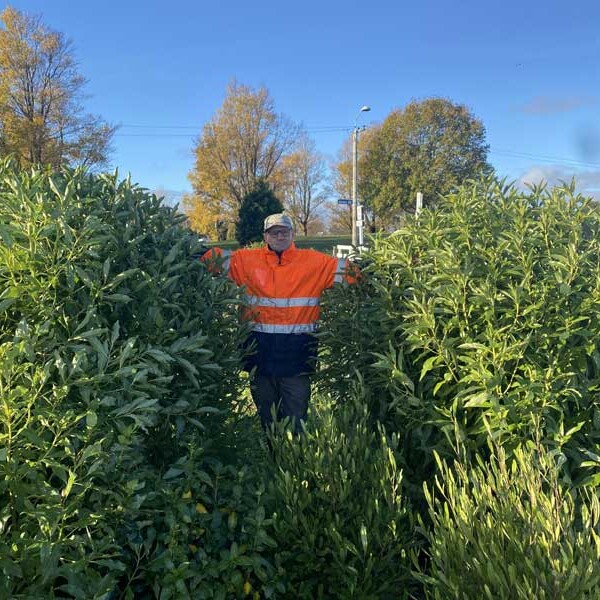
The Challenge:
The first commercial large scale Enviroblanket®, effectively an on-site nursery; could it be done?
Native direct seeded Enviroblanket® technology, developed by Red Tree Environmental Solutions (Red Tree), is essentially disruptive in that it bypasses the nursery system, interacting directly with disturbed substrates in a responsive time frame. Letting nature lead and assisting with biomimicry and self-design principles, Red Tree aims to replicate the life-giving function of the forest floor.
An undisturbed soil profile provides established networks of root systems, microorganisms, and mycorrhizal creating nutrient pathways, aeration, and drainage. Once the natural soil structure is disturbed and modified, there is a significant loss of soil ecology. This disturbance and compaction of engineered soils produced a major challenge to seed germination and healthy plant growth on this site.
Exposed to the elements, this large and open area is continually subjected to environmental extremes such as high wind velocity, sun exposure in the summer, and sinking cold during the winter with the attrition of browsing pest animals such as rabbits and hares.
The Solution:
Adjacent to a traditionally planted area, a one hectare dry forest Enviroblanket® was applied in August 2019 around the perimeter of the wetland basin. Nature provides direct feedback as to which species are best suited to variance within specific microclimates; species best suited to environmental conditions display higher germination rates with success being reflected in strong growth and plant resilience. Biomimicry and self-design capacity that the Enviroblanket® provides, gives nature the best opportunity to select species best suited to adapt and thrive in local environments.
During site preparation, mechanical ripping was undertaken to address compaction, improve poor soil structure and drainage. Biological additives were applied to the Enviroblanket® post-application to assist biogeochemistry health. Microorganisms and fungal networks rebuild microbial activity in the soil which in turn creates a symbiotic relationship between plant communities, builds resilience, and improves growth.
As this site is widely exposed to the elements, Red Tree utilised a fast-growing native nurse crop to provide protection and cover during the first year of establishment for the slower growing natives to emerge through.
Mitigation of pest browsing effects was undertaken in conjunction with Excell Biosecurity, implementing pest reduction controls and perimeter fencing in the most challenged areas.
